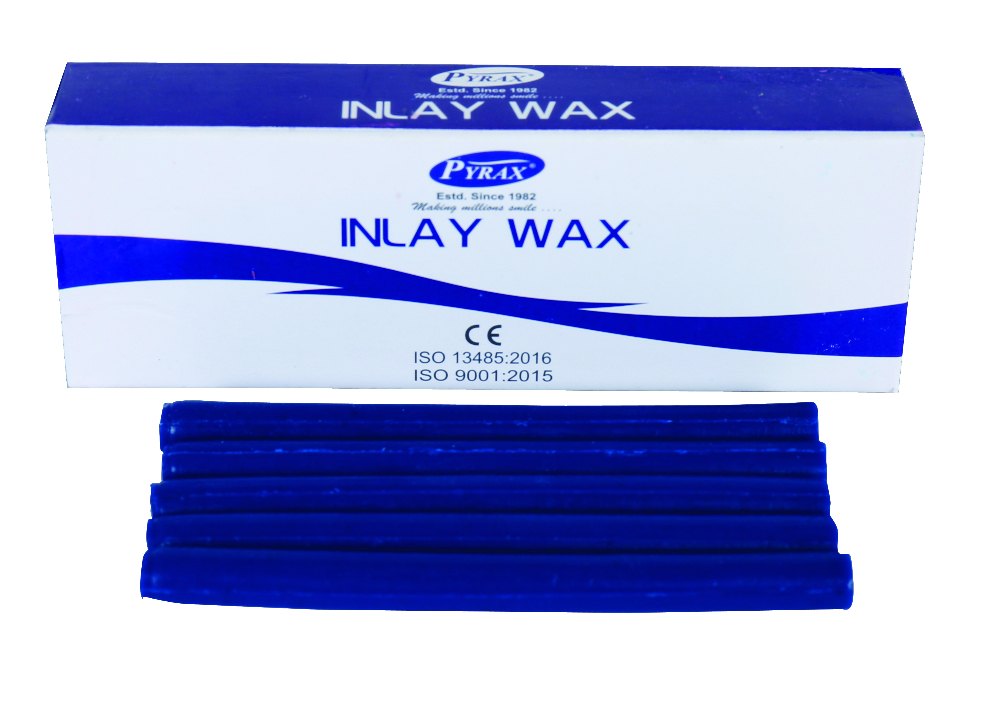dental waxes part 2
1/29
There's no tags or description
Looks like no tags are added yet.
Name | Mastery | Learn | Test | Matching | Spaced |
|---|
No study sessions yet.
30 Terms
Paraffin
Main ingredient of most dental waxes (40–60% by weight)
petroleum-derived hydrocarbon
moldable but flakes easily
lacks glossy finish.
Gum Dammar
Natural resin added to paraffin to increase toughness, reduce flaking, and improve surface gloss.
Carnauba Wax
Hardest natural wax, high melting point, glossy finish, gives strength and reduces flow at mouth temperature.
Candelilla Wax
Plant-based substitute for carnauba
lower melting point
less hard, similar properties.
Ceresin
White mineral wax from ozokerite, low melting point, unpleasant odor.
Pattern Waxes
Used to create molds and frameworks
(examples: inlay, casting, baseplate waxes).
Processing Waxes
Used to assist in dental procedures, both clinical and laboratory
(examples: boxing, utility, sticky waxes).
Impression Waxes
Used to record occlusal relationships or correct impressions
(examples: bite registration, corrective waxes).
Inlay Wax
Used for wax patterns in crowns, inlays, and castings.

INLAY WAX Type I (medium)
for direct wax patterns on the tooth.
INLAY WAX Type II (soft)
for indirect wax patterns on a die.
Casting Wax
Used in forming metal frameworks for removable partial dentures.
Baseplate Wax
Used to establish arch form in dentures; comes in
Type I (soft)
Type II (medium)
Type III (hard)
Boxing Wax
Used to form the base and walls around impressions to create stone models.
Utility Wax
Used to adapt and modify impression trays for patient comfort.
Sticky Wax
Brittle when cooled but sticky when melted; used to temporarily join parts (e.g., bridges, broken dentures).
Bite Registration Wax
Used to record bite/occlusal relationships; melts slightly above mouth temperature.
Corrective Impression Wax
Used with other impression materials to correct undercuts and voids.
Desirable Properties
Uniform when softened
Rigid at room temperature
Easy to carve
Contrasts with tooth/die
No residue after burnout
No flakiness or roughness when bent/molded
Plasticity or flow at a temperature slightly above the mouth
Unique Restorations Excel Cleanly, Never Neglecting Perfection.
Thermal Conductivity
Low — takes time to heat and cool.
Coefficient of Thermal Expansion
High — expands/contracts more than any other dental material with temperature changes.
Distortion
Serious problem in waxes caused by thermal changes, stress release, or improper handling/storage.
Elastic Memory
Property of waxes to return to their original shape after manipulation, contributing to distortion.
Lost-Wax Technique
First procedure in casting;
wax pattern is burned out to create a mold for metal casting.
Direct Wax Pattern
Wax carved directly on the tooth with Type I wax.
Indirect Wax Pattern
Wax carved on a die using Type II wax.
Baseplate Wax
Used for trial denture construction and arch form.
Sticky Wax
Used to stabilize dental components temporarily.
Boxing Wax
Used to form boundaries when pouring stone models.
Bite Wax
Used to record bite relations; softens in the mouth, rigid at room temperature.